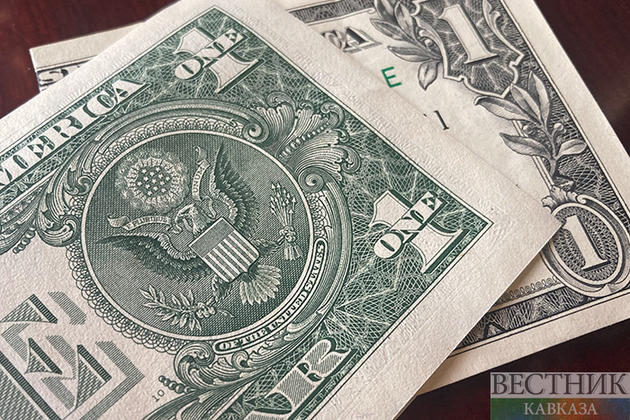U.S. Treasury Secretary Janet Yellen said in a letter to Congress that the U.S. could be unable to pay its bills by as early as June 1, meaning the federal government is at risk of defaulting for the first time in history.
The news comes nearly three months after the federal debt reached its $31.4 trillion mandated limit on Jan. 19.
Since then, the Treasury Department has been playing the most important game of musical chairs in finance, reshuffling money around through “extraordinary measures” to keep covering the government’s obligations despite being barred from borrowing any more money to fund the government.
U.S. President Joe Biden and top lawmakers agreed on Tuesday to further talks aimed at breaking a deadlock over raising the $31.4 trillion U.S. debt limit, with just three weeks before the country may be forced into an unprecedented default.
After about an hour of talks in the Oval Office, Biden, a Democrat, and House of Representatives Speaker Kevin McCarthy, a Republican, committed their aides to daily discussions about areas of possible agreement as a default looms as soon as June 1.
Biden, McCarthy and the three other top congressional leaders were set to meet again on Friday.
For centuries, the U.S. has spent more money than it takes in - meaning it runs a budget deficit. Most recently, the deficit hit $1.1 trillion in the first half of the government’s fiscal year, according to the Treasury’s monthly budget statement.
That financing is how the government pays its bondholders, funds its operations and covers mandated mandatory-spending programs, from Social Security and Medicare, to military salaries, tax refunds, national interest payments and more.
The Treasury Department finances that extra spending by selling government securities. Yet, lawmakers don’t just hand the agency a blank check. Instead, Congress, since 1917, has limited how much the Treasury Department can borrow. That guideline is known as the “debt ceiling.” Think of it like the credit limit on a credit card.






